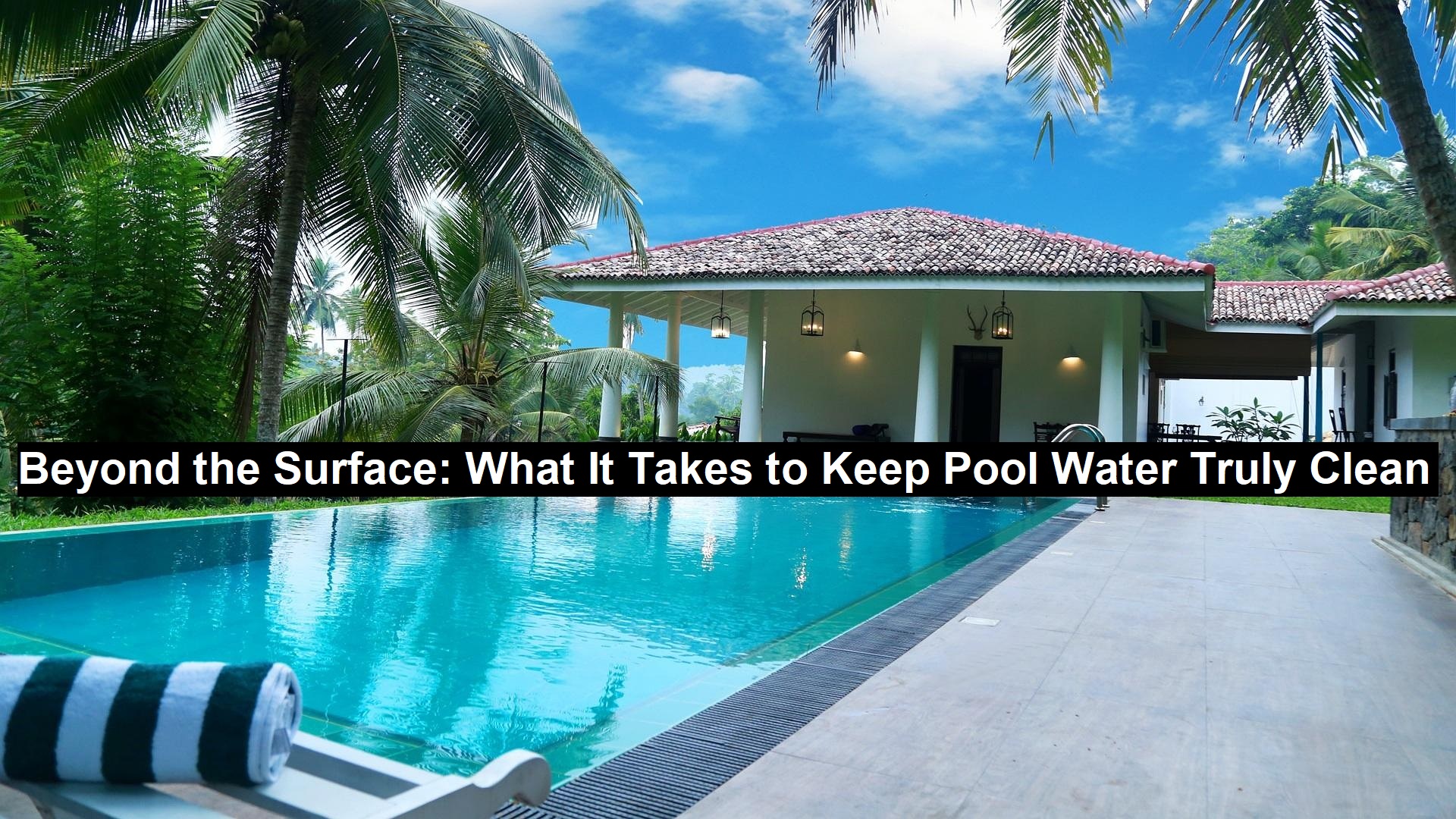Beyond the Surface: What It Takes to Keep Pool Water Truly Clean
Maintaining clean, healthy pool water is one of the most important responsibilities of any aquatic facility. But true water safety goes far beyond crystal-clear appearance. For commercial operators, it’s about precision, consistency, and understanding that water quality can shift quickly without visible warning signs. Beneath the surface, countless variables interact every day — bather load, weather, pH balance, and even design elements — all influencing the conditions of your water. That’s why a dependable water management plan is essential.
Relying solely on basic chlorine treatments or occasional testing is no longer sufficient in today’s commercial pool environments. Facilities need layered, proactive solutions that not only disinfect but also monitor, balance, and optimize. And most importantly, these systems must work together seamlessly. UV-C systems, ozone generators, and real-time chemical monitoring aren’t just technological upgrades — they’re investments in reliability, safety, and peace of mind for both operators and guests.
The reality is that pool water is a living system. As swimmers enter and leave, organic materials such as sweat, oils, cosmetics, and even trace contaminants are introduced into the water. These may not be harmful on their own, but when combined and left unchecked, they can encourage the growth of resilient microorganisms or interfere with the effectiveness of disinfectants. That’s why staying ahead of the curve matters.
Read: Cleaning and Maintaining Your Blinds
Creating a Culture of Clean Water
More than a system, water quality is a mindset. Leading aquatic facilities understand that safety doesn’t come from reaction — it comes from prevention. Developing a strong water management culture starts with education, training, and a commitment to continuous improvement.
Maintenance teams at any commercial pool services company should not only be familiar with their equipment, but also with the water chemistry principles behind it. When staff understand what signs to look for — whether it’s a shift in chlorine demand or a subtle pH imbalance — they can take informed action before minor issues grow into major ones. This approach keeps swimmers safe and helps prevent downtime or costly emergency interventions.
Additionally, operations must account for seasonality and usage patterns. A pool that sees heavy use during summer months or weekends will require a different maintenance rhythm than one with steady, low-volume traffic. Smart systems can help by automating adjustments, but experienced teams are still key to interpreting data and making on-the-ground decisions that align with the facility’s goals.
Ultimately, high-performing aquatic centers are those that don’t wait for problems — they build systems that prevent them.
To better understand how pathogens persist in pool water and how to protect against them, view the supporting infographic included with this article.
Pool-Water-Truly-Clean


